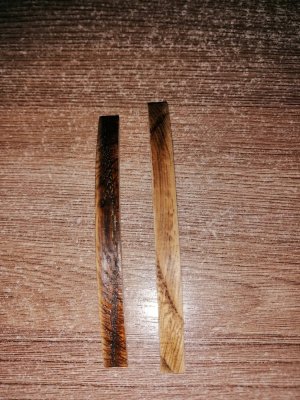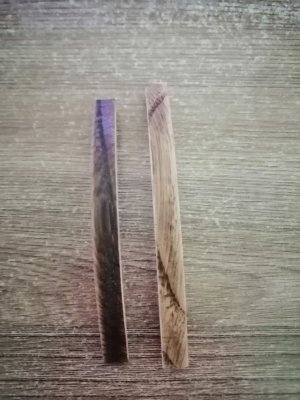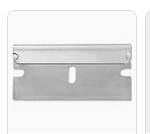I have not yet had the pleasure of removing char but looked for information and wondered what methods the members use. In doing some searching on line scraping seems to be the most common followed by sanding with the inherent problems of control. There were also a couple other methods that sound interesting.
1. Steel wool and mineral oil: For minor burn marks, you can also use steel wool with mineral oil to gently rub the area, lifting the mark and restoring moisture.
2. Use pumice liquid soap and a brush: You can use pumice liquid soap and a brush to clean up laser burnt wood, especially in tiny crevices.
For #1 I wonder if the oil will create problems for gluing.
Allan
1. Steel wool and mineral oil: For minor burn marks, you can also use steel wool with mineral oil to gently rub the area, lifting the mark and restoring moisture.
2. Use pumice liquid soap and a brush: You can use pumice liquid soap and a brush to clean up laser burnt wood, especially in tiny crevices.
For #1 I wonder if the oil will create problems for gluing.
Allan











